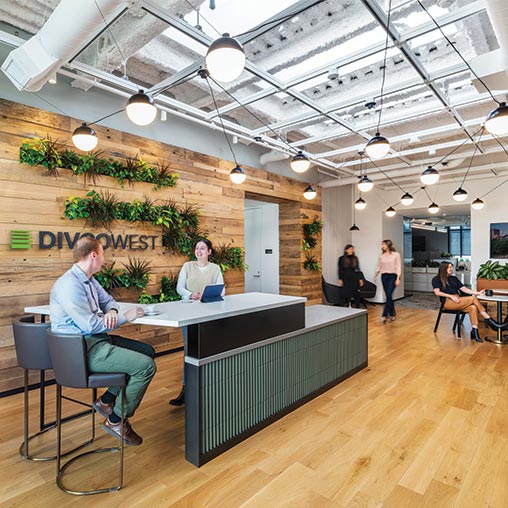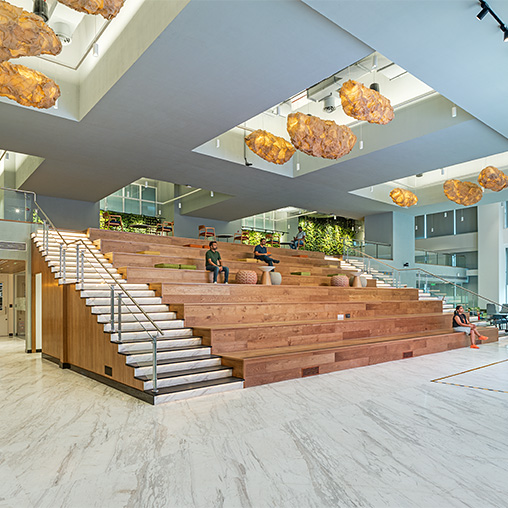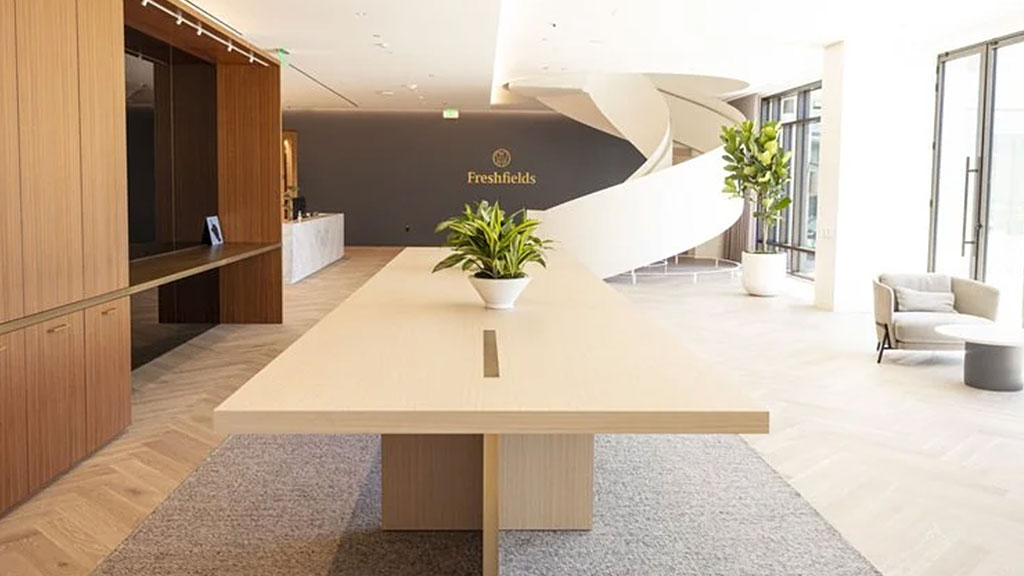Professional Services

Chamberlain Hrdlicka Houston

NIKA Technologies, Inc.

Gensler Atlanta

Kaufman Rossin – Miami Office Interiors

Accenture Chicago Headquarters

Confidential Law Firm

Cassels Brock & Blackwell

Loffler Companies

DivcoWest

22 Bayard

Walker & Dunlop Bethesda Headquarters

Confidential Global Law Firm

CoStar Irvine

Global Law Firm Office Renovation

Confidential Consulting Firm

Professional Services Client

Gensler Seattle Office Redesign

ADP

CBRE Beijing Office

IAT Insurance

AvalonBay Headquarters

Baker Botts San Francisco

Akin Gump Houston

Mintz Washington, D.C.

JLL Charlotte

No. 4 — Gensler Birmingham

Waddell Serafino Dallas

2024: The Year of the Intentional Workplace

How Tomorrow’s Workforce Will Shape Future Workplace Design

What About Wednesdays? Planning for the Busiest Day of the Week in the New Hybrid Office.

What Young Associates Want From Modern Law Firms

How the Future of Work Is Influencing Workplace Design

Gensler’s New San Francisco Office: A Prototype for the Future of Work

10 Workplace Trends for 2024: What’s In and What’s Out?

Open or Private? It’s Time for a New Workplace Model.

Rethinking Law Firm Workplaces in the Age of Hybrid Work

10 Considerations for Transitioning Back to Work in a Hybrid World

As New Work Patterns Emerge, the Workplace Must Respond

The Law Firm of the Future: Can a Workplace be Restorative?

People Have Choice in the Workplace, But Not the Choices They Need

Designing Empathetic Workplaces Can Be a Key Differentiator

Evolution of the Legal Workplace
Focus spaces and drop-in desks help define the hybrid law office.
Hybrid work arrangements mean firms are trading closed offices and assigned seating for focus spaces and drop-in desks — freeing up square footage for richer amenities and additional collaborative spaces with upgraded A/V technology that make the office a productive space for hybrid work and a cultural hub worth traveling for.
Firms are putting their sustainability credentials on display.
Sustainability is a key differentiator for potential talent, clients, and investors. As firms try to lessen their environmental impact, many are demonstrating their commitment to environmental sustainability by reducing their carbon and physical footprint, pursuing LEED, BREEAM, and other certifications, and designing the professional services workplace to enable resource efficiency.
Design for culture and inclusion will stimulate workplace collaboration.
Culture is key to attracting and retaining talent. The physical workplace is essential in defining and sharing a firm’s culture with employees and clients. Offices should enable interaction and support connection and mentoring, while creating a sense of belonging for all employees. Creating human-centric workplaces that inspire purpose and demonstrate organizational values will help firms stand out to potential talent and clients alike.


Timothy Bromiley

Carlos Posada

WorkLife’s 5 Things To Know Newsletter Featured Gensler’s New San Francisco Office

Francis House, Edelman’s Gensler-Designed Office in London, Combines Flexibility, Colour, Warmth, and Rawness

Gensler’s Design of Korn Ferry’s New Paris Office Integrates Public and Private Spaces

Three Office Design Predictions for 2024, According to Gensler’s Design Forecast

Boston Consulting Group Headquarters Wins Interior Design’s 2023 Best of Year Award

Rethinking Law Firm Workplaces in the Age of Hybrid Work

What Leaders Should Consider As They Redesign Their Offices for the New Era of Work

Here’s What Matters for Optimizing Office Spaces for Today’s Needs

A Look Inside Cassels’ New Toronto Office, Designed by Gensler

How One Manhattan Firm’s Office Reflects Big Changes in the Legal Industry

How Companies Are Reimagining Spaces to Support More Social Interaction Among Colleagues

A Behind the Scenes Look at Akin Gump’s Houston Office Renovation by Gensler

Hybrid Offices Are Shifting Towards the “Neighborhood” Office Model

Gensler Toronto Design Director Matthew Kobylar Discusses The Post-Pandemic Law Firm
